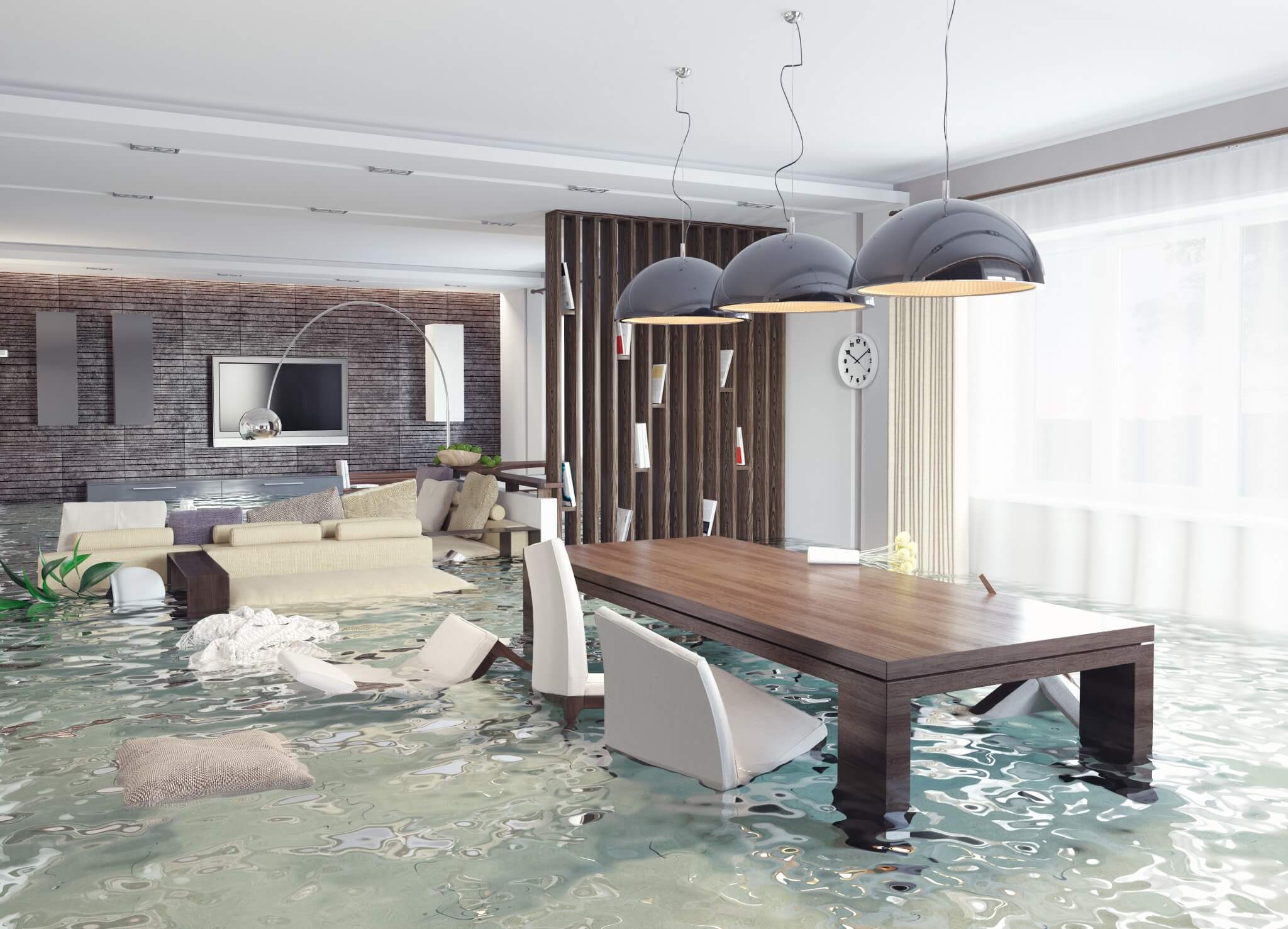Do's & Don'ts of Water Restoration.
Visit Our SiteThey are making a few good pointers about Ways to Reduce The Risk Of Fire And Water Damage as a whole in the content directly below.

Though water offers life, water invasion on parts where it's not intended to be can cause damages. If the water soaks right into your structure, it can peel away surface areas and deteriorate the foundation. Mold as well as mildew additionally prosper in a wet environment, which can be dangerous for your health. Houses with water damages scent old as well as musty.
Water can come from numerous sources such as tropical storms, floodings, ruptured pipelines, leaks, as well as drain concerns. In case you experience water damages, it would be great to understand some safety and security precautions. Right here are a couple of guidelines on how to handle water damage.
Do Prioritize Home Insurance Policy Protection
Water damages from flooding as a result of hefty winds is seasonal. However, you can also experience an unexpected flood when a faulty pipe suddenly breaks right into your home. It would certainly be best to have house insurance coverage that covers both acts of God such as natural tragedies, and emergency situations like busted plumbing.
Do Not Neglect to Turn Off Energies
In the event of a catastrophe, specifically if you live in a flood-prone area, it would certainly be advisable to turn off the main electric circuit. This removes power to your whole house, avoiding electric shocks when water is available in as it is a conductor. Moreover, do not fail to remember to switch off the major water line valve. Furnishings will relocate around and also create damage when floodwaters are high. Having the main valve shut down avoids additional damage.
Do Remain Proactive as well as Heed Climate Alerts
Tornado floodings can be really unpredictable. Stay proactive and prepared if there is a history of flooding in your neighborhood. If you live near a creek, river, or lake, listen to evacuation warnings. Obtain prized possessions from the first stage and also cellar, after that put them on the highest feasible level. Doing so decreases potential building damages.
Do Not Overlook the Roofing System
You can avoid rain damages if there are no holes and leakages in your roof. This will certainly prevent water from streaming down your walls as well as saturating your ceiling.
Do Take Notice Of Tiny Leakages
A burst pipe doesn't happen over night. You may notice bubbling paint, peeling off wallpaper, water streaks, water spots, or trickling sounds behind the walls. Have your plumbing repaired prior to it results in massive damages.
Do Not Panic in Case of a Burst Pipeline
Maintaining your clearheadedness is vital in a time of dilemma. Panicking will only compound the trouble because it will stifle you from acting quickly. Timing is crucial when it comes to water damages. The longer you wait, the even more damages you can anticipate. Thus, if a pipe bursts in your home, quickly turned off your primary water shutoff to remove the source. Then unplug all electrical outlets in the location or turn off the breaker for that part of your house. Call a reliable water damages restoration specialist for support.
Water offers life, water breach on components where it's not meant to be can result in damage. Homes with water damage scent old and also moldy.
Water damage from flooding fees to hefty winds is seasonal. You might observe bubbling paint, peeling wallpaper, water touches, water spots, or dripping noises behind the wall surfaces. When it comes to water damage, timing is key.
Water Damage Do's and Don'ts
Do's
Always use rubber gloves to protect your hands & rubber boots to protect your feet and legs. Damage from water and bacteria growth can begin within hours. Call for professional help. Remove as much water as possible by mopping and blotting with sponges. Pull up wet rugs and carpets if hardwood floors are below. Lift draperies off the floor, loop through a coat hanger and place the hanger on the drapery rod. Wipe furniture, prop up wet furniture cushions for even drying and place aluminum foil under furniture legs. Move photos, paintings, art objects, computers, other electronics and valuables to a safe, dry location. Do not remove books from shelves. Pack them tightly to prevent page warping until a restoration professional can begin this specialized drying. Ventilate wet areas. Turn on air conditioning for faster drying in summer (only if there is no visible mold) and winter, alternate cycles of opened windows and heating. Also, open drawers, closets and cabinet doors to enhance drying. Don'ts
Do not enter rooms where there is wet and sagging ceiling! Do not enter a room with standing water until electricity has been turned off. Do not use a regular household vacuum to remove water. Use heat to dry closed building interiors. Mildew and more moisture damage can occur. Do not use electrical appliances while on wet carpet or flooring. Do not disturb visible mold. https://www.myknowledgebroker.com/blog/personal-insurance/water-damage-dos-and-donts/

I was made aware of that write-up about Ways to Reduce The Risk Of Fire And Water Damage through someone on a different blog. Sharing is good. Helping others is fun. Thanks so much for taking the time to read it.